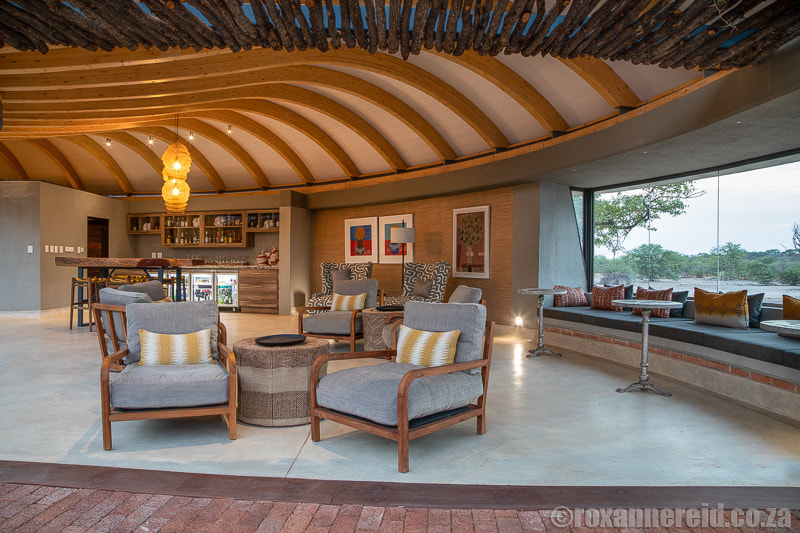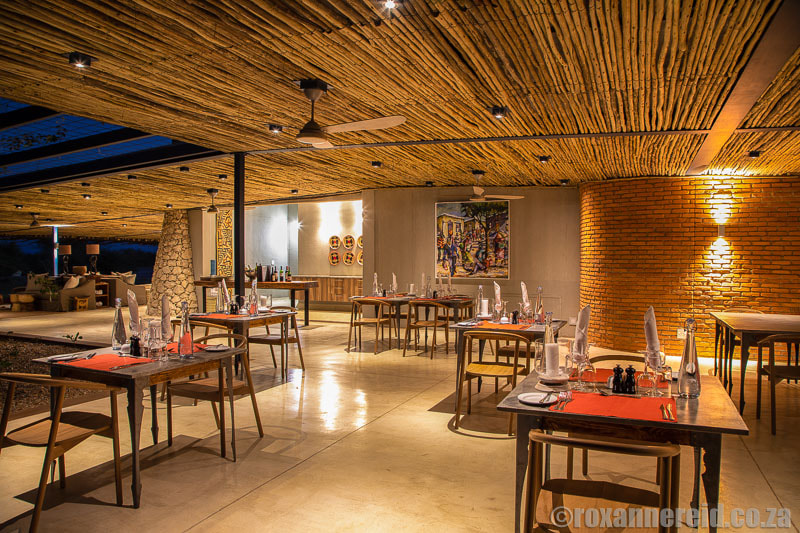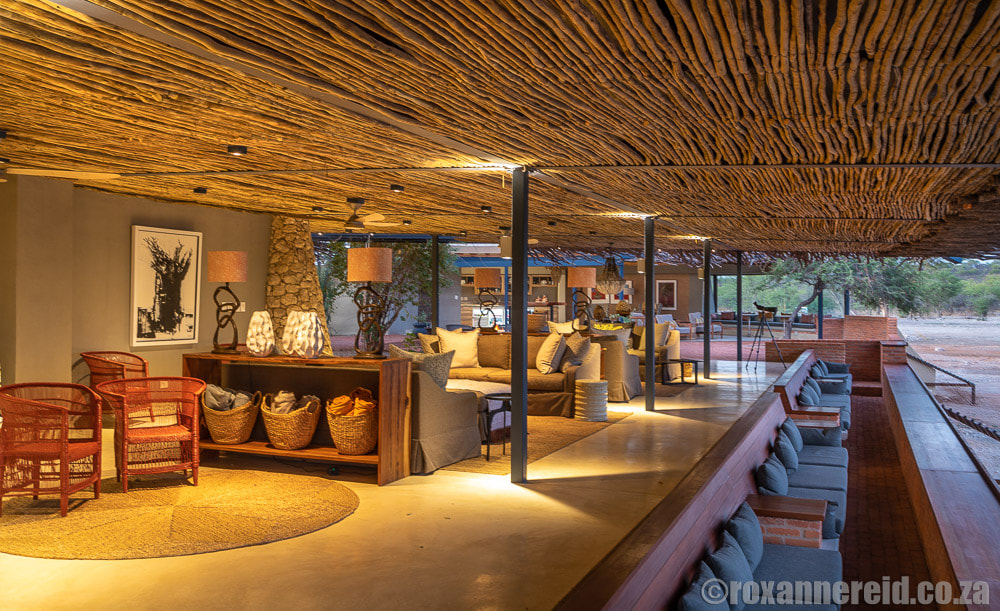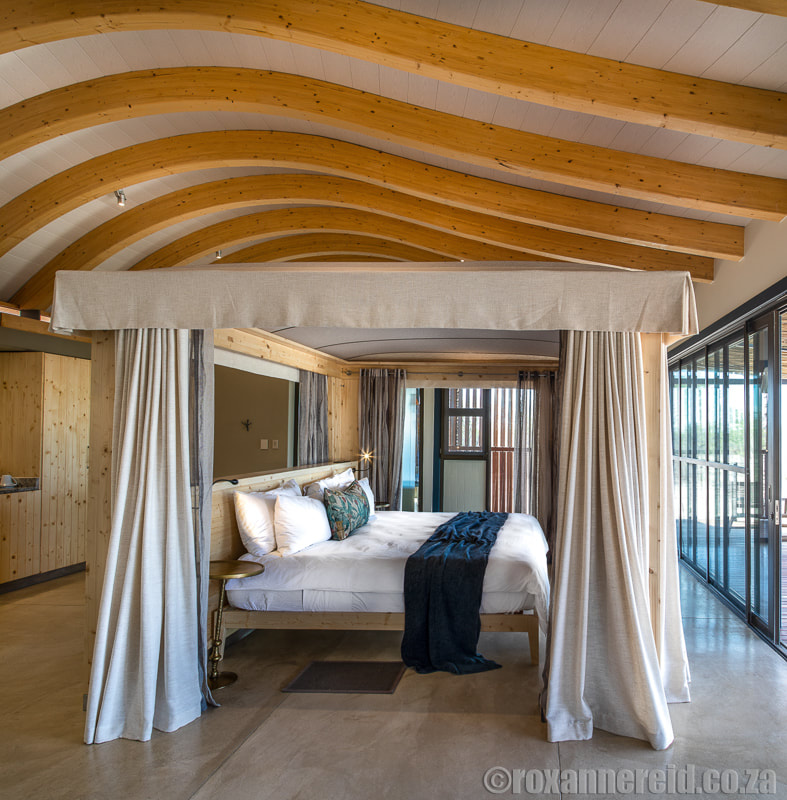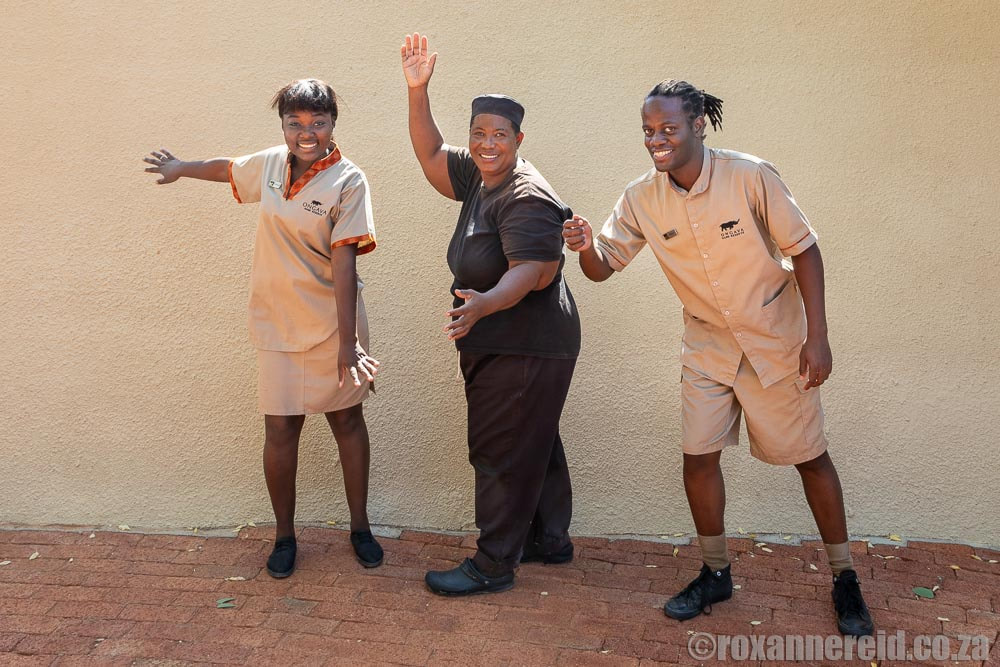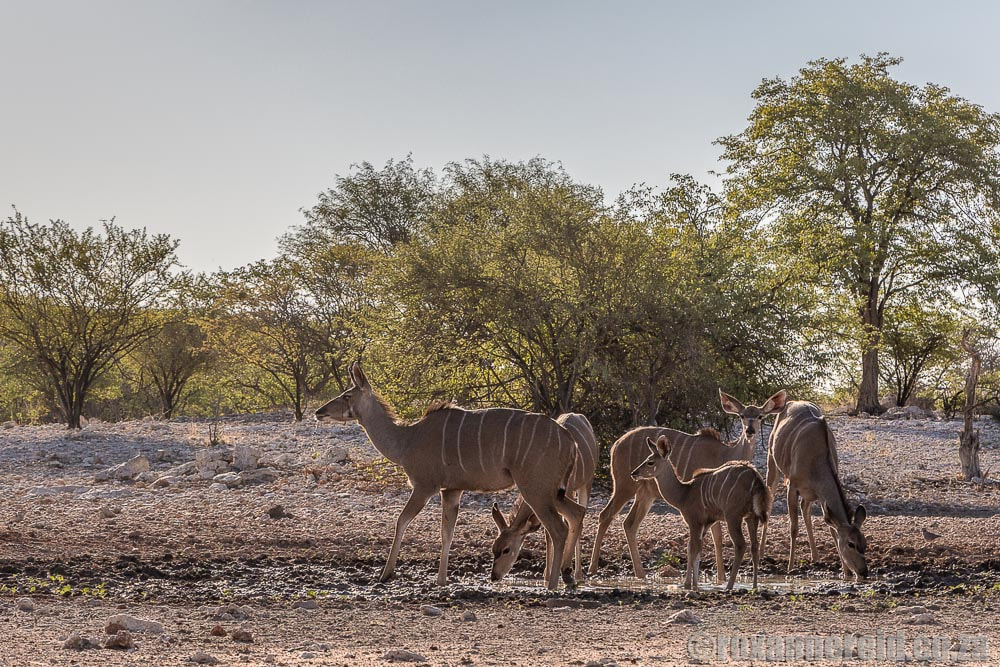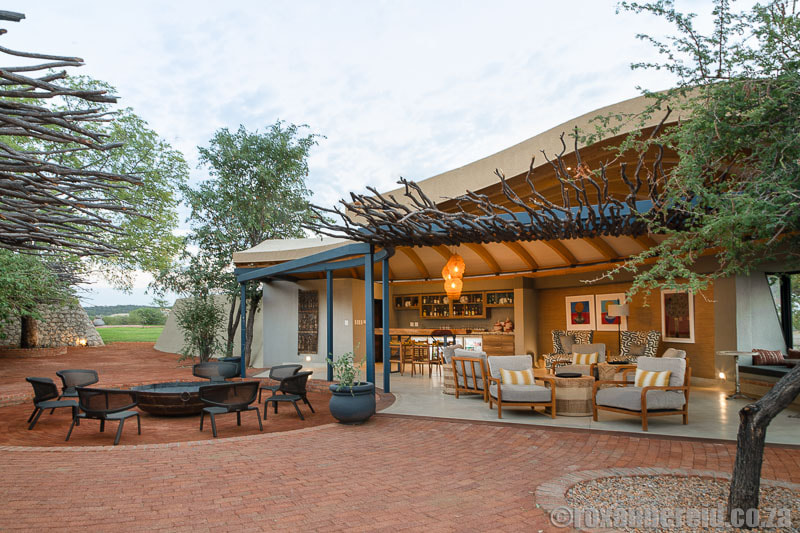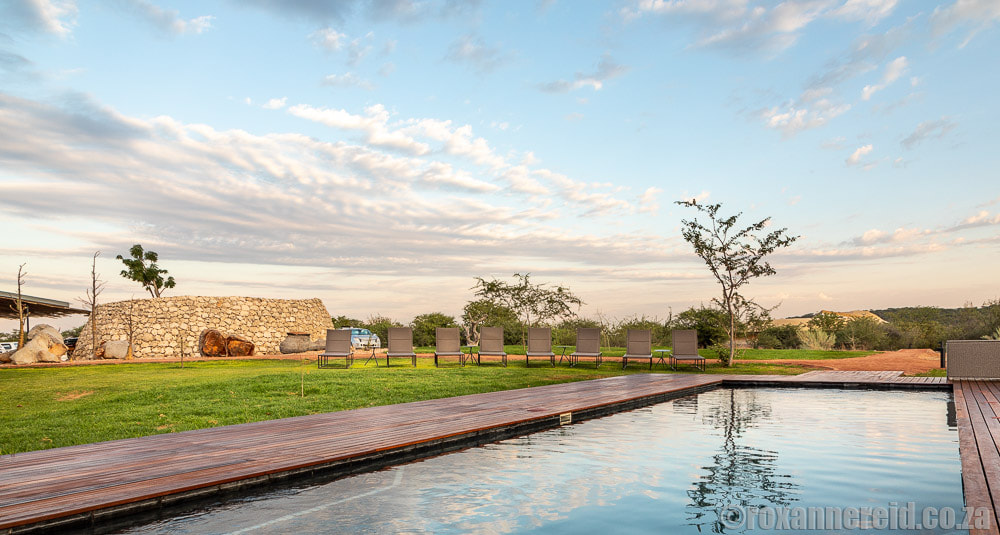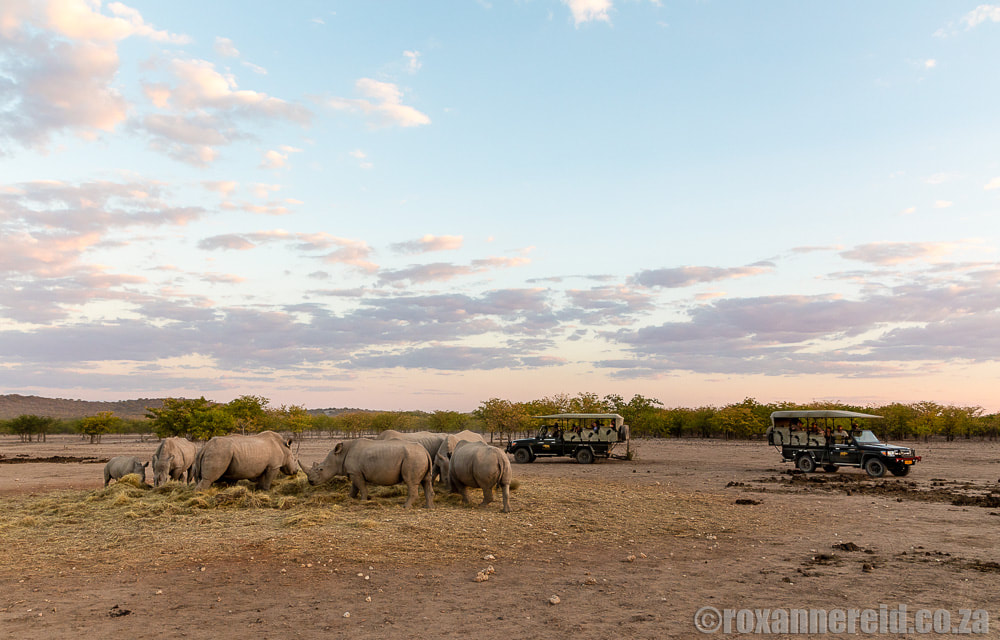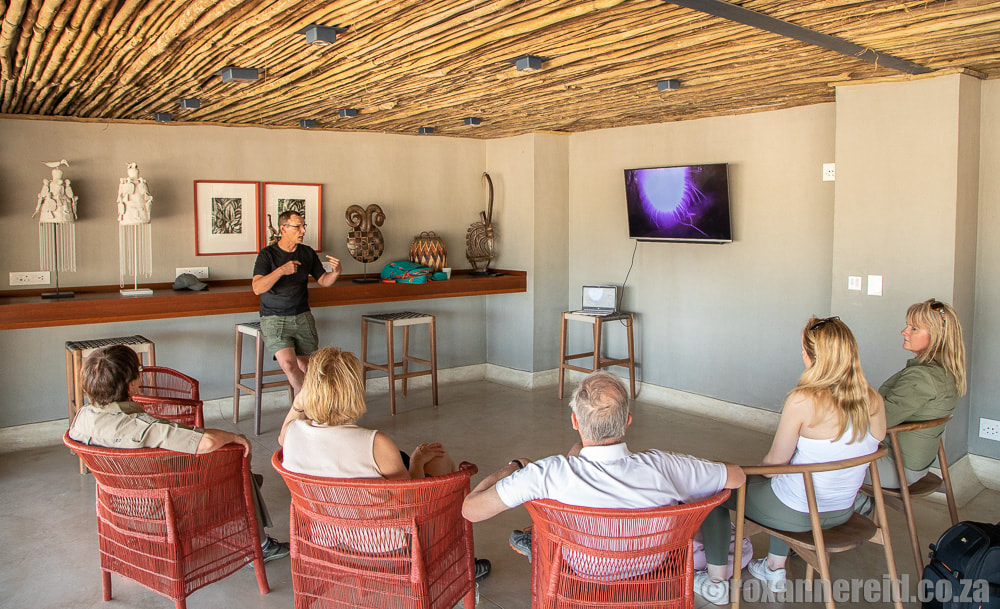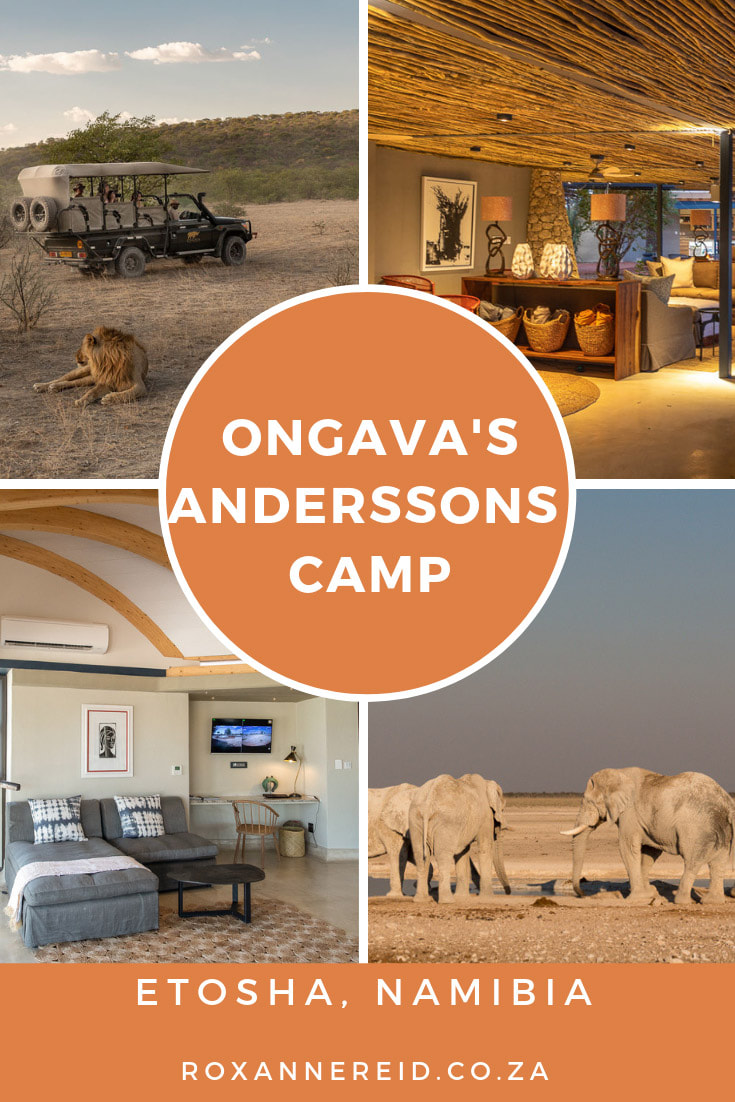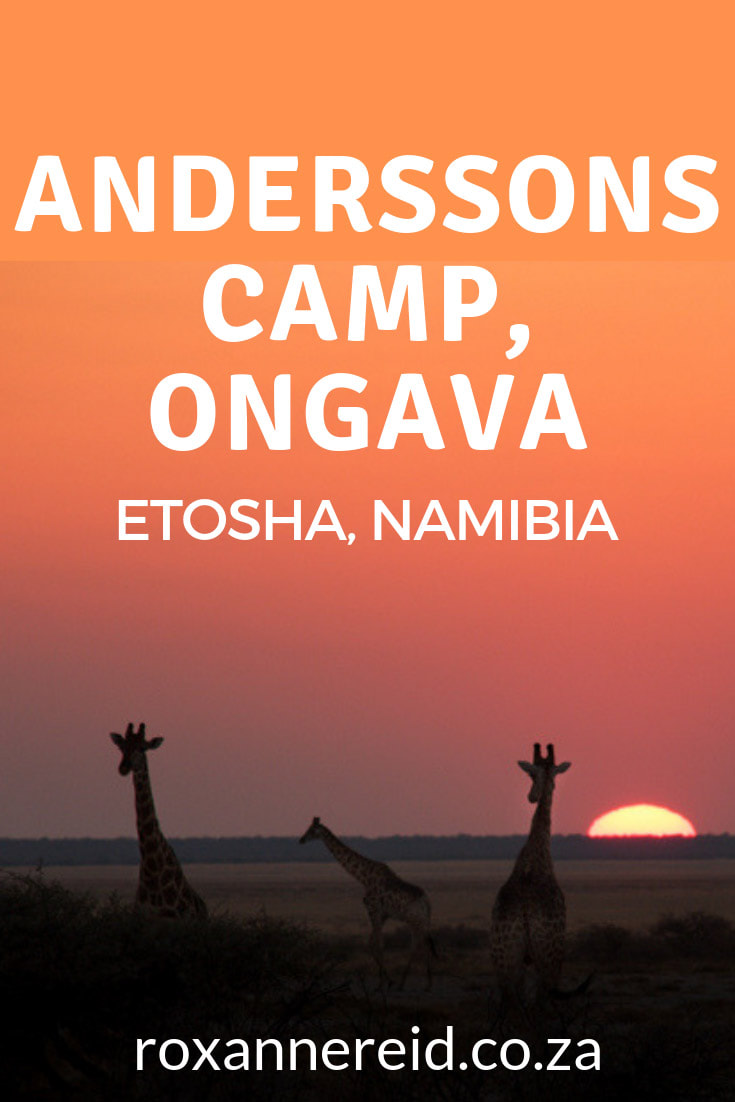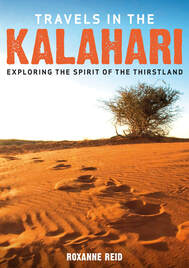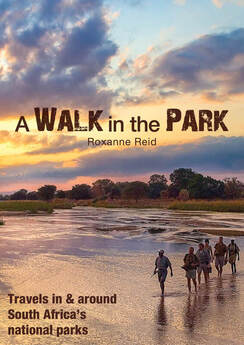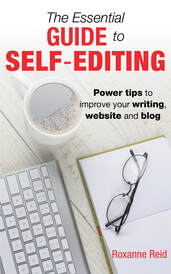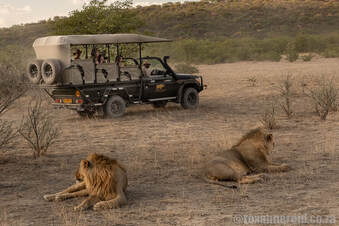
Life should be made of moments like these. We’re on the deck overlooking the natural bush of northern Namibia at dawn. A pink sunrise unravels through the clouds as a jackal yelps in the distance and a spurfowl chuck-chucks nearby. We’re at Anderssons at Ongava Game Reserve bordering Etosha; our day of wild immersion has just begun.
The public relaxing areas of Anderssons almost melt into the surrounding landscape, with swathes of open-air but under-cover seating areas. The colours reflect the tones of the winter bush. African masks and beaded aviary-style lamp shades in one corner continue the colour theme, while a red, white and blue beaded chair (many hours of work) is a fun departure.
Suites
With their natural stone exterior and low curved roofs, the suites hunker down to blend into the environment. Each has a deck with a 180-degree view of passing game tracks that lead to the waterhole in the main area, so there’s an excellent chance of spotting game from the moment you wake in the morning. We watched a springbok and its lamb nibbling grass one morning, a jackal on another. Privacy/shade screens made of wooden slats can be adjusted to your liking.
Things to do at Ongava Game Reserve
Morning drive into Etosha
Hop onto one of Ongava Game Reserve’s open safari vehicles at sunrise for a guided drive into Etosha National Park, right on your doorstep. When we visited in May 2019, Etosha – and indeed most of Namibia – was in the grip of a drought so dire that the President had just declared a State of Emergency. This area usually gets 400mm of rain a year, but there was a drought the previous year too. This year they had 80mm but too late for grass seeds to germinate, so the veld was parched and barren. There are some great waterholes in easy reach of Ongava, however, such as Okaukuejo (with its in-camp waterhole), Nebrownii, Homob and even Okondeka. You will probably spot giraffe, black-faced impala, warthog, kudu, zebra, wildebeest, springbok and oryx and, if you’re lucky, perhaps even lion or elephant.
Afternoon drive on the reserve
Shortly before the sun set below the mopane trees, we found a crash of white rhinos feeding – six adults and two young calves. We listened to them snorting and grunting at each other when they thought they weren’t getting their fair share, the little ones’ squeaks sounding vaguely whale-like. Not bad seeing three of the Big Five on a single afternoon drive.
The drive came to a close with gin and tonics in an open area to enjoy the sunset light show before returning to camp for dinner.
Spend time at the camp’s waterhole
When you’re not out on game drive or walks, spend time in the comfort of the main area with an eye on the waterhole. There’s a long sunken gallery where you can have front row seats at the waterhole without blocking the view of people in the lounge or dining room. We saw kudu, zebra, springbok, black-faced impala and warthog during the day here, and white rhinos drinking at night. Lions and elephants visit too. If you forget to bring your binos, you can wrestle other guests to share a standing spotting scope.
Go photo-mad in the ground-level hide
Keep your eye on the webcam in your room
Gaze at the stars
Here in the pollution-free, dry air of northern Namibia, the stars will shine at their brightest, especially on nights with no moon or just a sliver. Admire the constellations and planets without city buildings to obscure the view of the southern hemisphere’s magical night skies. The camp has a small Celestron telescope to enhance your experience. Star gazing is usually offered around 7pm.
Have a drink around the fire before dinner
Enjoy a nature walk
Bush walks are a great chance to read the ‘news’ of what has been happening when you weren’t watching. Tracks and signs, even scat, are a rich source of information in the hands of a skilled guide. This is also a time to slow down and use all your senses to really hear, smell and touch the surrounding nature, to learn about the uses of trees like camel thorn, sweet thorn, mopane and Kalahari apple-leaf. With a slower pace and less emphasis on big game, it’s also the time to spot smaller creatures like skinks, geckoes and elephant shrews. That said, however, you may get a chance to get close to white rhino on foot – an exceptional experience. Bush walks are a special treat here because they’re are not allowed in the adjoining Etosha National Park.
Take a dip in the pool with a view of the waterhole
Go bird-watching
Use your walks to and from your suite, or your morning nature walk to look for some of the more than 400 species of birds that live in the area. You may spot or hear the calls of Hartlaub’s spurfowl, Monteiro’s hornbill, violet wood-hoopoe, lilac-breasted roller, crimson-breasted shrike, Ruppell’s parrot, Carp’s tit or bare-cheeked babbler, among others.
Discover fascinating conservation research
For me, one of the best things about staying at Anderssons at Ongava was the chance to interact with conservation researchers at tea time, before we set out on a guided afternoon drive.
When we visited, the camp had just opened and the new Ongava Research Centre’s (ORC) visitor centre was still being built. Now that it’s finished – it opened at the beginning of July 2019 – guests can wander through the exhibition area to learn about various aspects of research conducted on the reserve. They can also relax in the 36-seat auditorium for interactive presentations. It’s a safari meets science experience.
But we didn’t lose out. Before tea each day, Dr Florian Weise came to the lounge area to tell us about the work he and other Ongava researchers are doing. We heard mainly about rhino, lion and hyena research and it was enthralling.
But Ongava is discovering that the biggest bulls are not in fact the ones fathering most of the calves. The females avoid inbreeding with their dominant fathers and often breed with newly introduced bulls. This will obviously change the thinking on which animals will be relocated to other reserves.
He also told us about a mapping project to determine the distribution of all four species of hyena – spotted hyena, brown hyena and aardwolf, which we all know because they occur in southern Africa, as well as striped hyena, which is found in north-eastern African countries like Ethiopia. It’s thought that hyenas might be declining across their range but scientists need more data to confirm this.
The Hyena Specialist Group launched the project in March 2018, asking citizen scientists – ordinary folk like you and me – to be the eyes and ears of researchers, who obviously can’t be everywhere at once. The idea is to submit digital photos of hyenas you see, together with accurate geographical co-ordinates, to either iNaturalist or the University of Cape Town’s MammalMAP project. ‘In this way, non-researchers can do their bit to help expand the data on where these animals occur,’ he said.
‘The new research centre at Ongava recently hosted an international workshop with hyena experts from around the world, to review the updated distribution maps,’ says Weise. The results of this large collaborative study will be release in 2020. ‘ORC hopes that the new research campus will provide a useful venue for many other international projects like the hyena survey.’
Like it? Pin this image!
Places to visit and things to do in Namibia: the north
Why Moringa is my favourite Etosha waterhole
Copyright © Roxanne Reid - No words or photographs on this site may be used without permission from roxannereid.co.za
